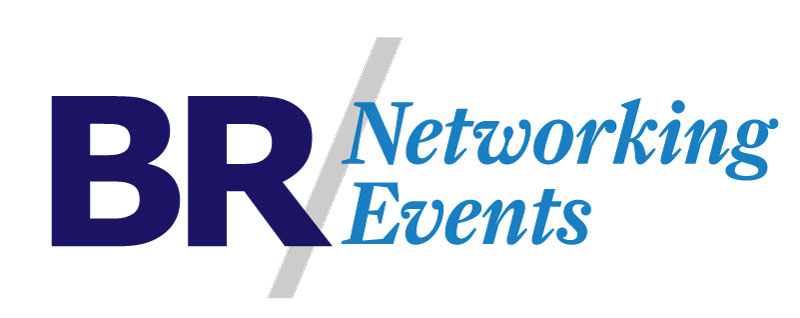Prepare for AI - Clean up your data: Best in class cheminformatics platform for drug design and discovery
Optimize new compound ideas using all existing and predicted data as a guideline
Date: 3rd Oct 2019
Venue: Copenhagen
Artificial intelligence and deep learning have become integral parts of chemical research and discovery. However, an AI-based model can be only as good as the underlying data. In this networking event, we will present software solutions that help to create clean and standardized chemical data, which leads to more robust predictions and makes drug design easier.
The aim of our networking dinner is to discuss current trends in enterprise cheminformatics solutions, from; the in silico design of compounds in early phase drug discovery, through the registration of new molecules to the analysis of the accumulated chemical, biological and other experimental data. ChemAxon, the sponsor of the evening, will put a special highlight on their chemical search
technologies that provide a solid backend for research informatics systems.
Speakers will present ChemAxon's solution for capturing and triaging chemical ideas, storing structural information and important metadata in a structured and consistent manner; along with searching for chemical information in various database solutions. The capabilities of ChemAxon's cloud-ready applications will be introduced in alignment with the most common elements of drug discovery research workflows:
- Optimize new compound ideas using all existing and predicted data as a guideline
- Simplify and improve the detection of controlled substances
- Register small and large compounds - also covering peptides, ADCs andother biologics
- Query chemical information in relational or graph databases, and access anarbitrary volume of existing molecular data from a single interface
The attendees will have a chance to discuss all the above topics and express current needs in the form of an open discussion. To bring our audience even closer to these solutions, we will highlight the key
reasons our users choose ChemAxon technology through a user keynote.
The talk will focus on important practical questions like:
- Why did they decide to choose ChemAxon's solution?
- How did they adopt our technology?
- How are they using it for their day-by-day research tasks?
- How can current computational methods support medicinal chemistry for the diverse spectrum of modalities?
